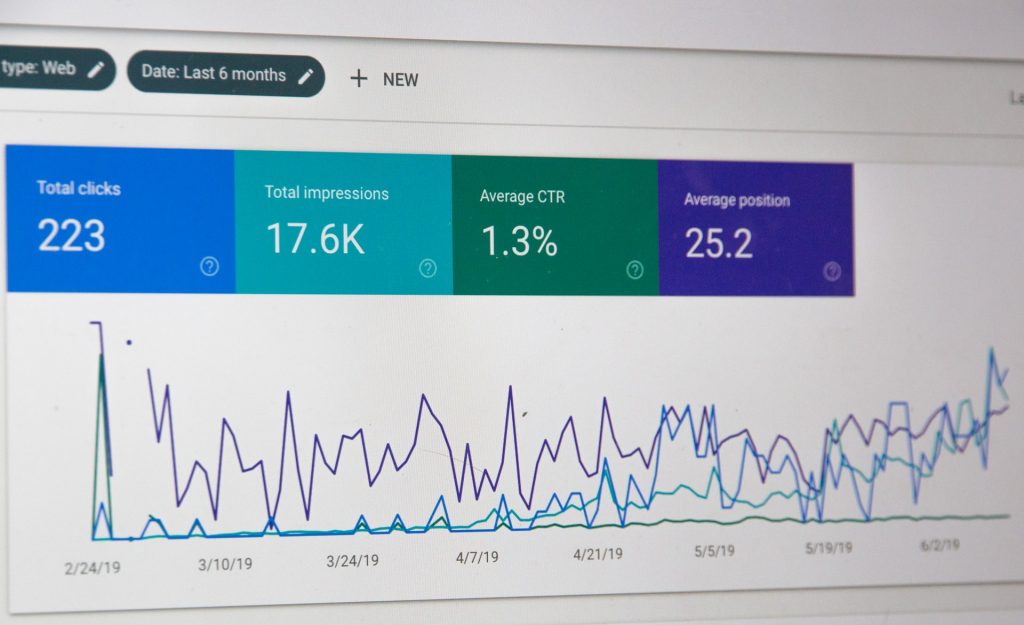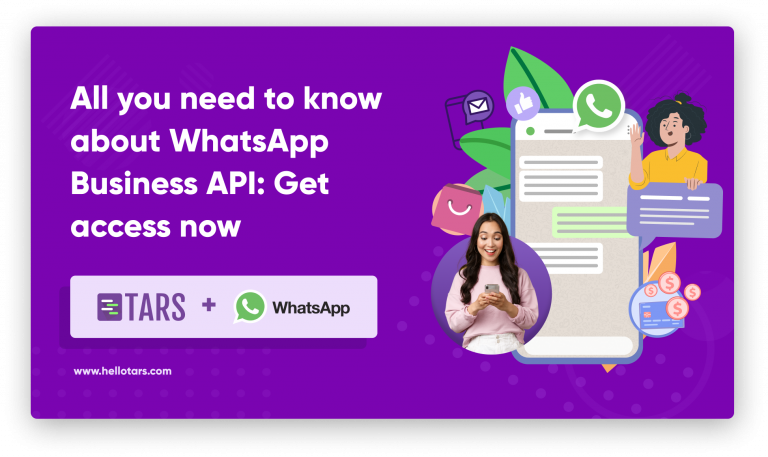5 effective lead generation strategies in 2021

If you want to grow your business, you need to reach more people who are interested in your products and services. That’s where lead generation strategies chip in. They help you attract prospects to build relationships with and ultimately get some of them to buy from you down the road.
Remember that generating high-quality leads is more important than purely reaching a huge number of prospects.
Here are five effective lead generation strategies that work in 2021. Here’s to a filled pipeline of prospects interested in buying from you!
1. SEO
Despite the growing popularity of social media platforms, search remains a robust marketing channel for all kinds of businesses. Indeed, Google is the number one traffic referrer on the web, perfect for growing your brand awareness.
Wait, so search engines only fill your top of the funnel?
Image via The Creatives Hour
Not really.
Depending on the keywords you target, you can attract prospects for the complete funnel from SEO. For instance, if you sell software for building courses, then writing an article, “best online course platforms”, comparing your software with others could land you prospects that are in the product consideration phase.
Ensure that you stay honest in your review. Instead of overselling, talk about what your product does the best — that way, you’ll earn the ideal customers who are a fit for your company.
Similarly, you can compare your product with a prominent industry competitor. That could come in the form of: “x vs. y” or “x alternatives.” Such keywords are low in competition and promise relevant exposure to prospects in the consideration phase who might end up buying from you.
For TARS, these keywords (and in turn articles) could be “TARS vs. Intercom” and “Intercom alternatives.” TARS could do an honest review petting honestly comparing their product against Intercom, mentioning the use cases where it’s better, and get a berth on the first page:
All they have to do is write a (probably long-form) article like one of their competitors below:
A customer at the bottom of the funnel has probably already made up their mind but is looking for a good deal. They could use keywords with your brand name and a modifier such as “price”, “discount”, “offer”, “cheap”, “buy”, and the like.
It will help to create dedicated landing pages that target keywords such as “price” and “buy”. If your business strategy includes running special offers, then consider creating landing pages for “discount” and the like as well. Otherwise, they tend to get occupied by affiliates and deal websites. Here’s an example of Grammarly affiliates latching up on their special discount offers in SERPs:
That said, most of the content for SEO purposes will cater to educational and top-of-the-funnel search queries. They are an important ingredient to build authority for your website and start relationships with prospects that are still in the “problem recognition” phase:
With Google’s latest page experience update, technical SEO has also become measurably important for any business website.
- If your website is loading slow, then diagnose and fix its issues.
- Also, ensure your website falls within the necessary parameters mentioned in the Core Web Vitals.
Organic traffic’s overall conversion rate comes at around 16% — which is pretty neat and above par with most other lead generation strategies we’ll discuss in the article. Here’s the breakdown of the conversion rate by industry:
2. Content Marketing
Content marketing involves creating high-quality content to engage the audience on your website, social media, email, and all the other marketing channels. You begin by creating a content strategy that aligns with your business goals.
Search is simply one of the many channels to drive traffic to your content pieces. Indeed high-quality content facilitates SEO — while writing pitches, it’s always easier to share the link to an educational article on your blog or your brand’s story to get your foot in the door.
So what kind of content can you use to generate leads for your brand?
Blog posts (both short-form and long-form) seem to be among the most leveraged and they promise great results. But depending on your audience and industry — research reports, podcasts, YouTube videos, and even courses could work really well.
HubSpot, for instance, has over 350 free online courses in its Academy. In one of its Ebooks, the company mentioned how this had been a great lead generation source for the company: “In Q1 of 2020, new leads increased by 115 percent year-over-year.”
Now, most companies are obsessed with adding value through educational content around their customer’s problems and concerns — which is great.
But don’t forget to create product landing pages (for different use cases), case studies, product documentation, help center, and the other content that centers around your product(s) core values. TARS seemed to have nailed most of these content types!
Most content marketing is simply about generating brand awareness and building trust. That’s alright because, with your top of the funnel filled with a constant stream of prospects, you’ll never be short of leads to nurture, build relationships with, and eventually close deals with.
3. Email Marketing
In many cases, businesses consider the emails of prospects as a lead. Indeed many marketers consider email as the most valuable lead generation channel. It’s because the inbox is an intimate medium of communication that lets you directly connect and build relationships with your prospects.
For example, Ish sends a weekly email newsletter to over 23k subscribers on the theme of “conversational interfaces” — fitting with the product that TARS sells.
It’s a great medium for promoting their upcoming webinars, introducing new product features, and above all, engaging with their community.
The email marketing benchmarks report by Campaign Monitor suggests an open rate of 18% and an average click-through rate of 2.6% for emails, which is pretty nifty.
To collect emails from your prospects, you can create a dedicated landing page with a pitch of your newsletter. I like how Rochi Zalani, a writer and poet, asks a question to establish her newsletter’s theme:
To spice up the offer, you can consider giving away a valuable resource to your audience for free in exchange for their emails. Create Ebooks, whitepapers, and checklists that address your audience’s pain points. For instance, HubSpot offers “6 free blog post templates” to its audience of content marketers on some of its marketing blog’s articles:
An even more effective offering can be a relevant “content upgrade” on the top of your highest-converting pages. CoSchedule shows us the way by offering a blog titles bundle on their “Catchy Blog Title Formulas” blog post:
Your email list is a great owned media asset that remains with you and is not influenced by algorithms of third-party platforms.
But email fatigue is real with so many businesses trying to use email for onboarding and selling their customers. So mind your frequency and remember to play the long game of building trust and relationship with your email audience by offering value week-after-week. Keep those product pitches and sales emails minimal.
4. Webinars
The YouTube Trends report indicated that people look for “social connection” — so many creators have responded by making their videos interactive. Webinars are a natural fit in this regard as they educate your audience and provide a live experience. Arnav does a lot of webinars on subjects ranging from educational to the ones introducing the new features of TARS:
In the wake of the cancellation of physical events, brands had to go virtual. So live streaming, pre-produced videos, and webinars have seen a tremendous increase. They are among the top content trends for the year, especially leveraged by software & technology companies as per GoToMeeting:
Typically these involve a registration landing page with details of the webinar, some email exchanges for relationship building between the attendees and the host — before the final webinar is conducted. As per 2018 MarketingCharts data, the webinar registrant-to-attendant conversion rate hovers around 43%.
Besides their existing audience, companies generally rely on paid marketing channels to reach new prospects for their webinars. But you can also consider partner webinars like this one for which TARS have the guys from ROI Hunter:
When there’s an overlap between the audience of the two businesses, such partner webinars could result in both parties going back with new prospects.
5. Good Ol’ Adwords (Topped With Chatbots?)
One of the most reliable and scalable channels marketers have relied on for generating qualified leads is pay-per-click advertising. Adwords are a quick hack to appear on the first page of Google for people searching for “your kind of solution” to their problems. You can keep optimizing the performance of your ad campaigns and track your ROI throughout their course.
The most popular PPC network is Google’s AdWords, which lets you directly find customers searching for solutions. Depending on your offer, you can also try social media ads (Facebook being the most popular platform offering them). They are cheaper and let you target users based on their interests and online behavior.
Typically ads lead to landing pages, but you can even have them be a conversation chatbot. It makes your landing pages more intuitive and conversational. Arnav demonstrates it in the GIF below:
Why Not Mix Em Up?
Ultimately none of these channels operate in silos, so it’s about being more strategic in your execution. When you conduct a webinar or pursue SEO, you’ve got to leverage email marketing. And when you’re leveraging AdWords for getting new prospects to your website, you gotta serve them with some form of content.
So the best way to catapult your lead generation is to layer these strategies. If you rely on AdWords, top it up with some content marketing. Already pursuing email marketing? Integrate some webinars and SEO in the mix.
What are the lead generation strategies you’re going to rely on in 2021? Let me know in the comments below.
Author Bio: Chintan specializes in content marketing for SaaS businesses. He also helps creators build sustainable businesses from their crafts at Elite Content Marketer.
Chintan specializes in content marketing for SaaS businesses. He also helps creators build sustainable businesses from their crafts at Elite Content Marketer.
Recommended Reading: Check Out Our Favorite Blog Posts!

Why CSMs Are Vital For Chatbot Marketing

Making Your SEO Count

All You Need To Know About WhatsApp Business API: Get Access Now

Our journey in a few numbers
With Tars you can build Conversational AI Agents that truly understand your needs and create intelligent conversations.
years in the conversational AI space
global brands have worked with us
customer conversations automated
countries with deployed AI Agents




